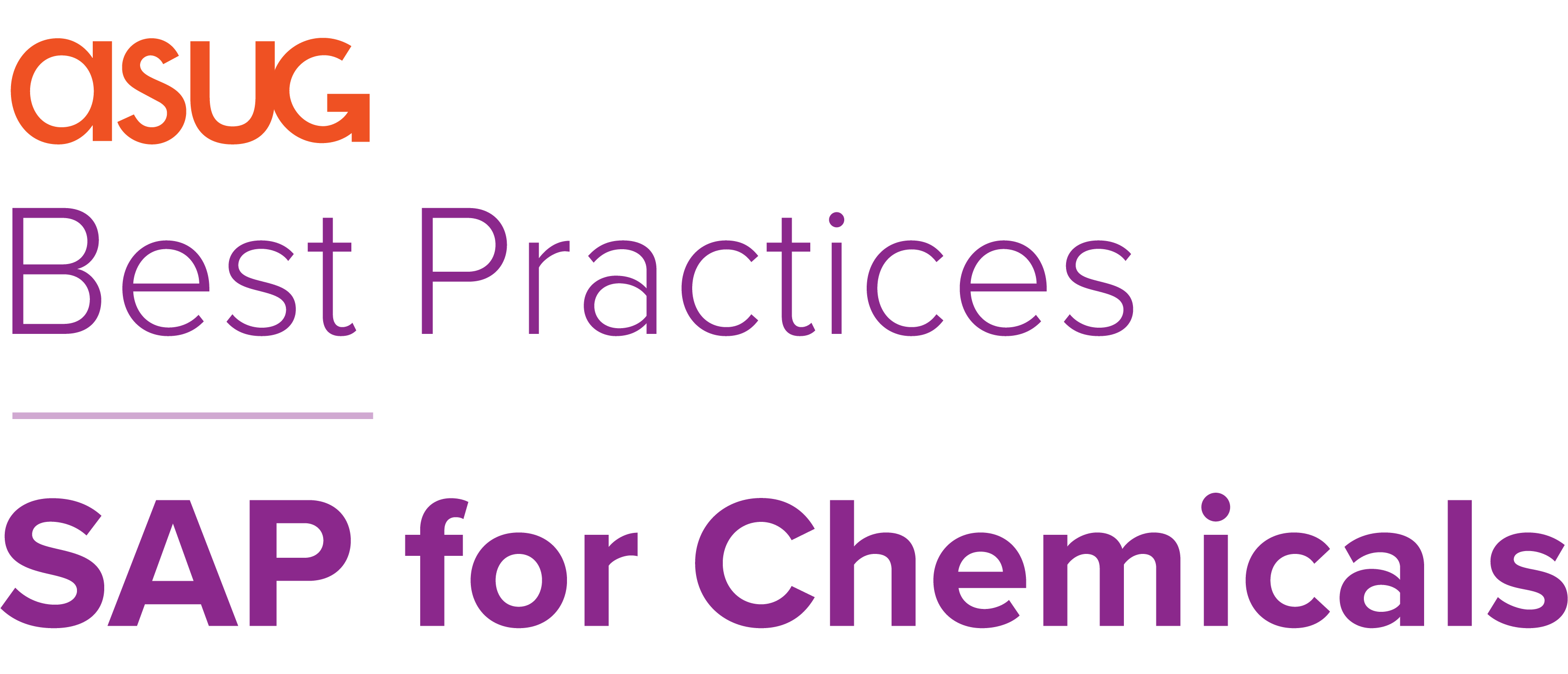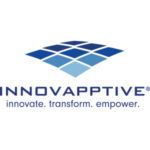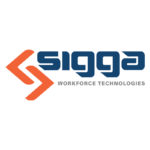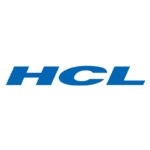How Will Emerging Technologies Improve Architecture and Design to Deliver Higher Business Value?
Organizations must transform to appeal to digital world. However, companies still struggle to find the best pathway forward. It is not enough to tweak the business by new ways of working. It requires rethinking and a profound shift in almost every aspect of the business and a field test of the new framework on how to digitally transform.
BP is on the journey to modernize the IT function and enable business to continuously compete, excel, and advance energy transition. This presentation will focus on how emerging technologies will improve architecture and design to deliver a higher business value.
Topics Include:
- Technology evolution from early ‘60s to present (internet of information to internet of value)
- Key architecture principles to support modernization and transformation agenda
- How to digitize a physical object so it can be tracked through different stages of the supply chain
- How to effectively use emerging technologies such as blockchain and Industrial Internet of Things (IIoT) to modernize exchange of goods within and with counter-party, which is predominately used in oil and gas industries.
Transform Without Disruption to Operations: Managing Multiple Interfaces and Integrating Legacy Systems at Celanese
In late 2017, Celanese Corporation acquired Omni Plastics. The acquisition and integration of Omni Plastics into Celanese’s IT presented challenging opportunities that turned into success stories. Various projects were initiated, including SAP ERP and network/DaaS migration. The strategy of moving quickly and integrating Omni into the overall Celanese operating model enabled Celanese to drive savings and bring its new and existing customers and shareholders expedited value.
A key success measure was that the entire acquisition and integration of the new entity must be performed without any business disruption. This required a focus on three pillars: people, processes, and technology. They began by forming a “Core Interface Team,” which allowed for rapid collective decisions on what should be integrated. A clear and transparent communication plan was put into place among stakeholders. Detailed cutover plans and execution scripts were built to assure flawless execution. Comprehensive audit and analysis confirmed success upon completion.
Key Business Benefits:
- Complete visibility across supply chain
- Greater control of inventory levels by integrated planning through integrated systems
- Greater flexibility on sourcing raw materials
- Consolidation and deepening of core enterprise roles
SAP S/4HANA and SAP CoPilot Use Cases for the Chemical Industry: Achieving Business Value with the Intelligent Enterprise
As we prepare our SAP landscapes to take advantage of strategic innovations through SAP S/4HANA®, SAP CoPilot offers new capabilities to increase employee productivity and efficiency by enabling a conversational user experience to support end users.
In this session, you will learn about the key components of SAP CoPilot and how it can be deployed to support specific use cases in the chemical industry. In addition, a brief demo will be provided to show the digital assistant and collaboration capabilities.
Three key takeaways from attending this session:
- Learn the basics of how SAP CoPilot works with SAP S/4HANA.
- Understand the key considerations and technical requirements for deploying SAP CoPilot in your company.
- Gain insight into the solution road map and critical decision criteria when comparing SAP CoPilot with other digital assistant and collaboration tools.
How AdvanSix Reduced Purchase Requisition Approval Cycle Time and Improved User Experience Using Fiori
AdvanSix leverages technology as an enabler to improve process efficiencies, as well as look for opportunities to improve the user experience. In this case study, we will share our story on how we have improved user experience in procurement function by implementing SAP Fiori® Apps for Purchase Requisition (PR) Release.
PR Release process had 36 release tracks inherited from our prior parent company. AdvanSix optimized this process reducing it to eight release tracks, improving efficiencies and bringing more control to the procure-to-pay cycle. While addressing this business problem, we leveraged SAP Fiori technology to enhance user experience, improve productivity, and reduce the PR release cycle time.
This session explains the rationale for choosing Fiori and lessons learned in implementing Fiori with workflows for approvals. Thanks to Fiori app, our leadership can now approve PRs even on the go, whether they are traveling or at a conference, reducing the cycle time significantly.





